Britain & Ireland
What was it about industrialisation that led to the emergence of a woman’s movement in Victorian Britain? Why do we see so many people fighting for so many rights and liberties in this period and what are the origins of some of the issues we still campaign on today? This section includes our major series on Social and Political Change in the UK from 1800 to the present day. There are also articles and podcasts on the often violent relationship between England and Ireland during this period and England’s changing relationship with Scotland and Wales. Read more
Sort by:
Date (Newest first) | Title A-Z
Show:
All |
Articles |
Podcasts |
Multipage Articles
-
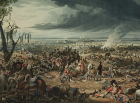
Losing sight of the glory: five centuries of combat surgery
ArticleClick to view -

Louis, John, and William: the 'Dame Europa' pamphlets, 1870-1871
ArticleClick to view -
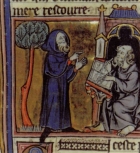
Magna Carta and the development of the British constitution
ArticleClick to view -

Marcus Morris and Eagle
ArticleClick to view -

Medical aspects of the battle of Waterloo
ArticleClick to view -

Memorial Oaks at Wolsingham School
ArticleClick to view -

Migration into the UK in the early twenty-first century
ArticleClick to view -

Monty’s school: the benign side of Viscount Montgomery of Alamein
ArticleClick to view -
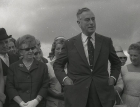
Mountbatten in retirement: the abortive trip to rebel Rhodesia
ArticleClick to view -

My Favourite History Place: A Short History of Brill
ArticleClick to view -

My Favourite History Place: Gladstone’s Library at Hawarden
ArticleClick to view -

My Favourite History Place: Keswick
ArticleClick to view -
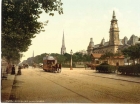
My Favourite History Place: Lord Street, Southport
ArticleClick to view -

My Favourite History Place: Mandala House
ArticleClick to view -

My Favourite History Place: Queen Square, Bath
ArticleClick to view -

My Favourite History Place: St James Church, Gerrards Cross
ArticleClick to view -

My Favourite History Place: The Chantry Chapel of St Mary on Wakefield Bridge
ArticleClick to view -

My Favourite History Place: The Holburne Museum
ArticleClick to view -

My Favourite History Place: The Red House
ArticleClick to view -
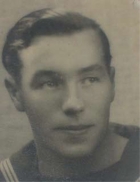
My grandfather's recollections of the invasion of Normandy
ArticleClick to view

